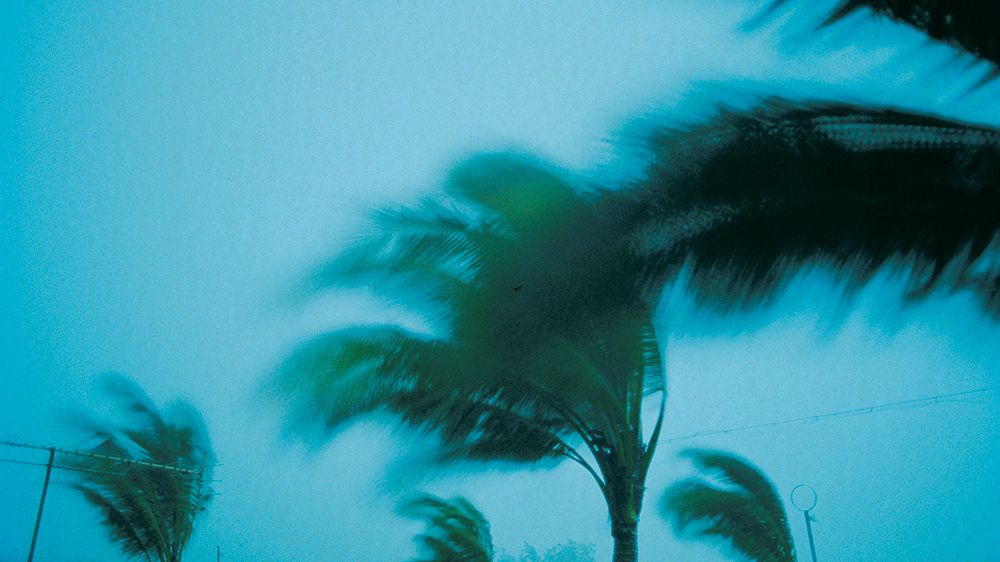HONOLULU — Hawaiian Electric urges customers statewide to prepare emergency plans and be ready for outages after the Central Pacific Hurricane Center issued a Tropical Storm Warning for Hawaii Island.
The company’s emergency response plan has been activated and preparations for TS Hone are underway. Hawaiian Electric is prepping its fleet and staging mobile field crews and equipment in locations where they can respond as soon as possible to any outages.
Hawaiian Electric advises customers that strong winds and flooding can damage equipment or blow trees and debris into power lines that can lead to outages. For customers in areas that have been subject to an extended drought, proactive Public Safety Power Shutoffs are a possibility. Affected customers may receive notice of an impending PSPS, however, there may be little or no notice if weather conditions are hazardous.
For information on the PSPS program, call Hawaiian Electric’s PSPS hotline at 1-844-483-8666 toll-free or visit the PSPS website.
Observers have also been deployed to monitor conditions – 14 on Oahu, 22 on Maui and 22 on Hawaii Island.
Customers should review family and business emergency plans, ensure needed supplies are on hand, keep an eye on the developing storm and take the following safety precautions:
• Check emergency equipment such as flashlights, emergency generators, radios, light sticks, lanterns, etc. to be sure they are operational and have extra batteries on hand.
• Have battery-powered radios on hand to listen for storm updates.
• Check backup facilities for anyone in your home who is dependent on electrically powered life-sustaining equipment. Plan for an evacuation should the need arise, whether you will need to go to the hospital or emergency shelter. Bring the medical equipment and medications with you.
• When preparing your home for a storm and you need to get up high, note the location of power lines before starting. Make sure you, any ladders or scaffolds, including the ends of any tools you are using are at least 10 feet away from power lines. Be sure to turn off and unplug the TV before lowering a TV antennae or satellite dish.
• If you’re planning to use a portable generator after the storm, follow all instructions in the manufacturer’s manual and be sure it’s placed in a well-ventilated area outside the home.
• Most counties will suspend trash and debris pickup before a storm. Do not trim trees at this point as high winds can turn cut branches into dangerous, flying debris. However, if you already have cut branches, help prevent outages by tying them down.
• Keep cash on hand in case banks or ATMs are unavailable.
• Turn refrigerators and freezers to the coldest setting to keep items fresher longer in case the power goes out.
• Turn off and unplug unnecessary electrical equipment, especially sensitive electronics to avoid damage from a surge when power is restored after an outage.
• Assume any downed power line is energized and dangerous and stay at least 30 feet or more away; tell others to do the same. Call 911 for emergency assistance. For Hawaiian Electric’s Trouble Line, call:
Hawaii Island, 808-969-6666
Oahu, 1-855-304-1212
Maui, 808-871-7777
Molokai, 1-877-871-8461
Once the weather begins to improve, crews have to inspect power lines that could involve the use of helicopters and drones and repairs must be done before service is restored.
Additional tips are available at the HECO Storm Center webpage and a free Handbook for Emergency Preparedness in English, Cantonese, Ilocano, Korean and Vietnamese can be downloaded.
Editor’s note: The article has been updated with information on possible Public Safety Power Shutoffs and additional tips. (August 24, 2024)



